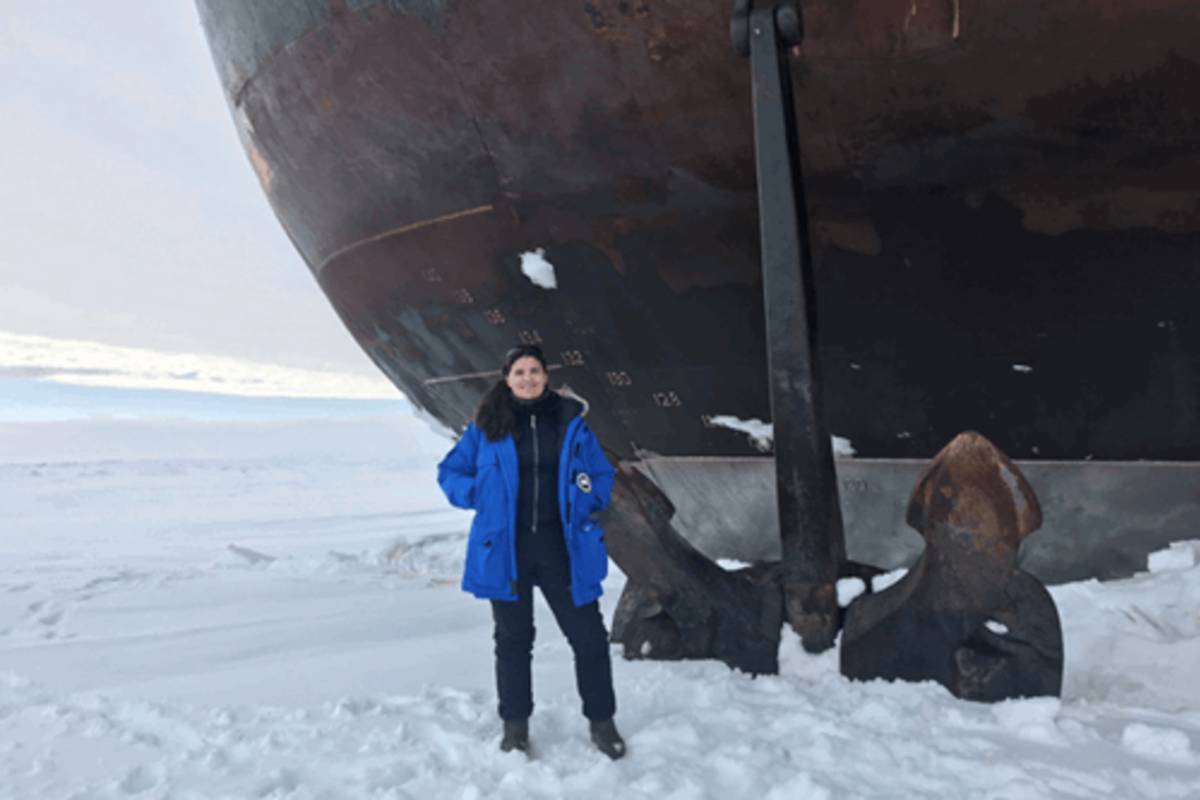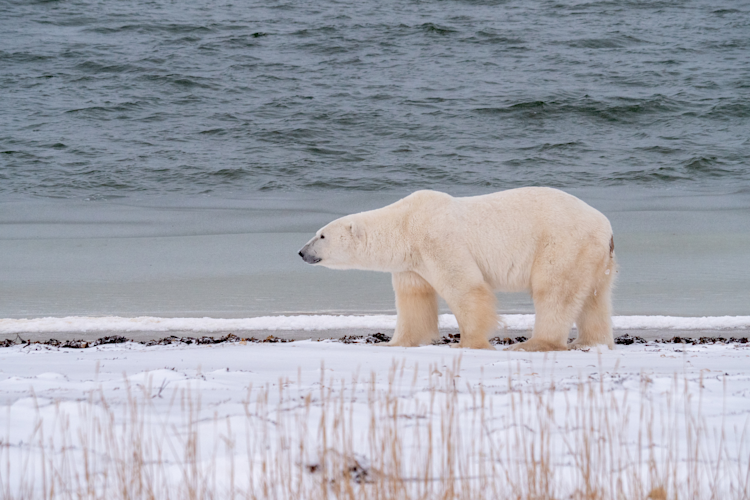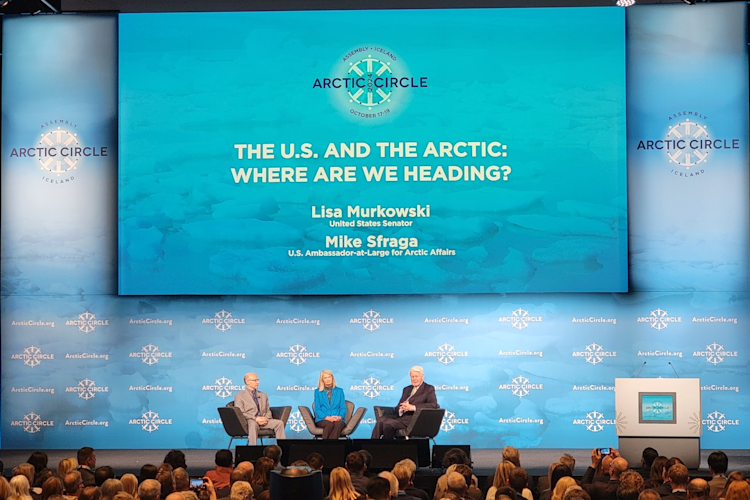Earlier this summer, as I leaned over the railing on the bow of our ship for a better view of the sea ice below, I heard a fellow traveler exclaim, with awe in his voice: “That’s some serious ice!” He was, in fact, so fascinated by the ice that he repeated this sentiment a few times.
I found myself in the odd position of simultaneously agreeing and disagreeing with him. If we only looked at the area we were passing through during this particular month and year, what we saw was indeed really impressive sea ice. In fact, the sea ice we encountered was thick enough that reaching our destination—the geographic North Pole—took roughly 1.5 days longer than we’d expected.
The exchange took place during a Quark Expedition trip that I was privileged to join, traveling on the nuclear icebreaker “50 Years of Victory” on a voyage from Murmansk in Russia to the North Pole. While much of my time was spent sharing science and conservation information with passengers, I also used this unique opportunity to spend a lot of time observing the sea ice as we moved through it on our way to the highest of the High Arctic, 90° North.



















